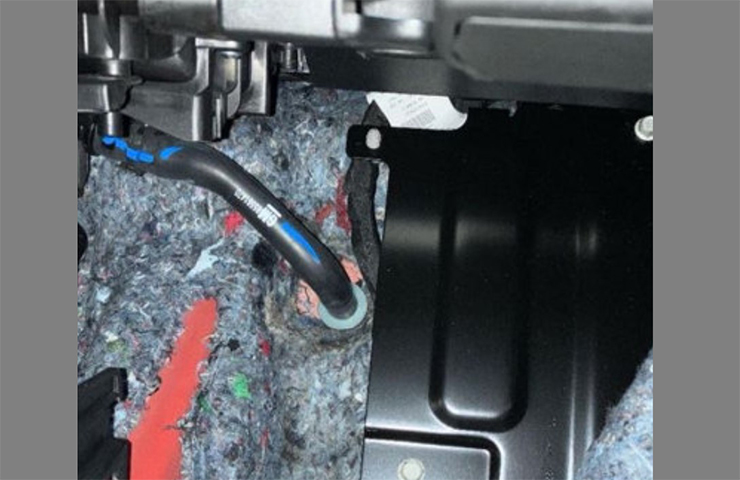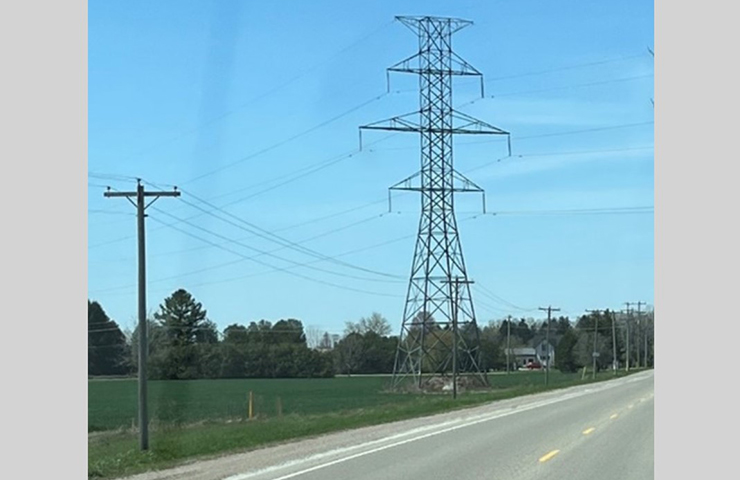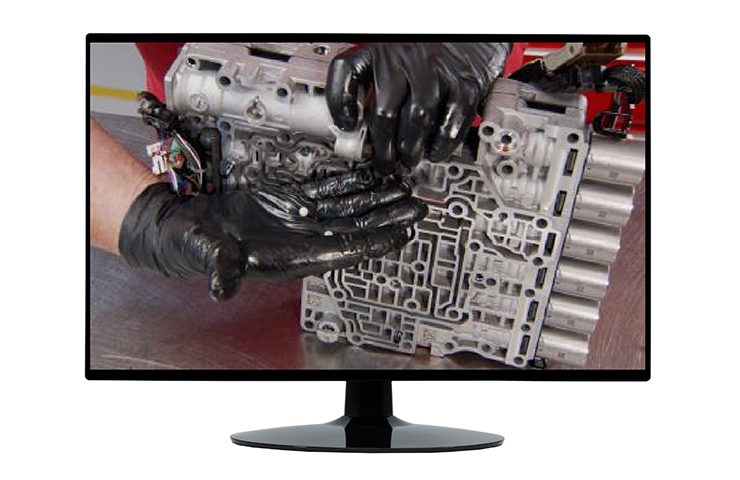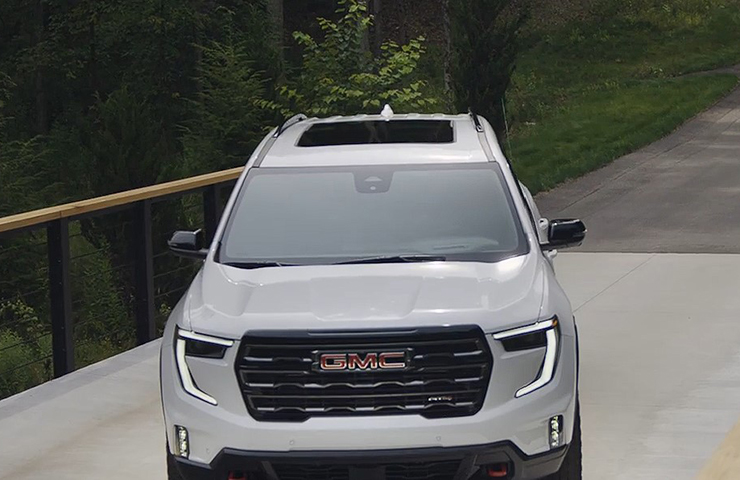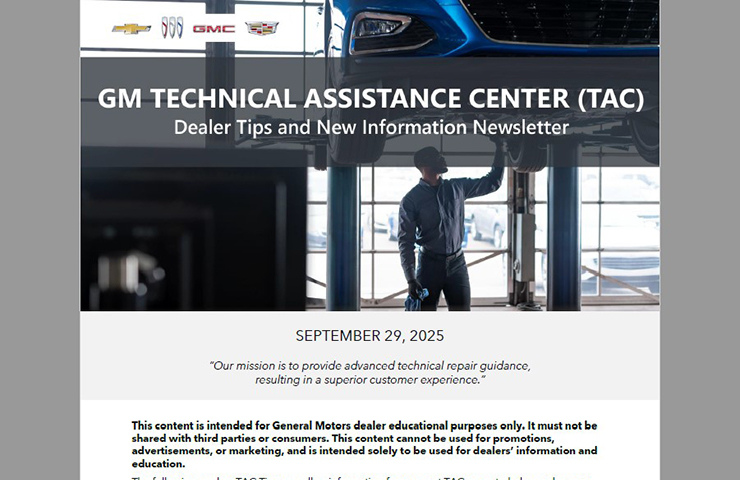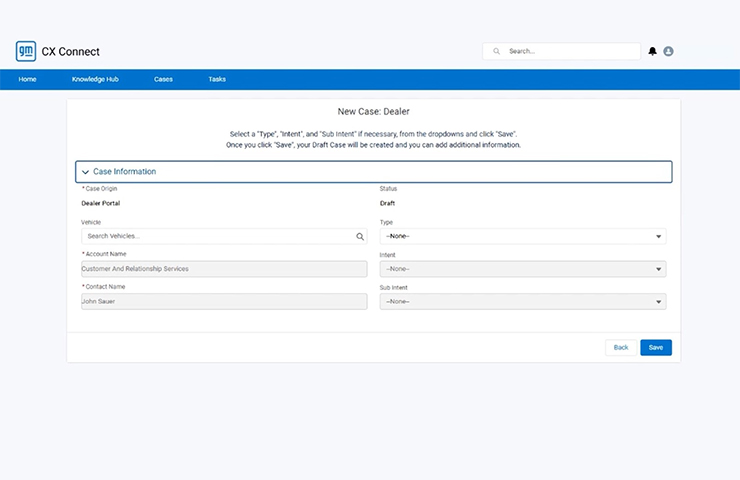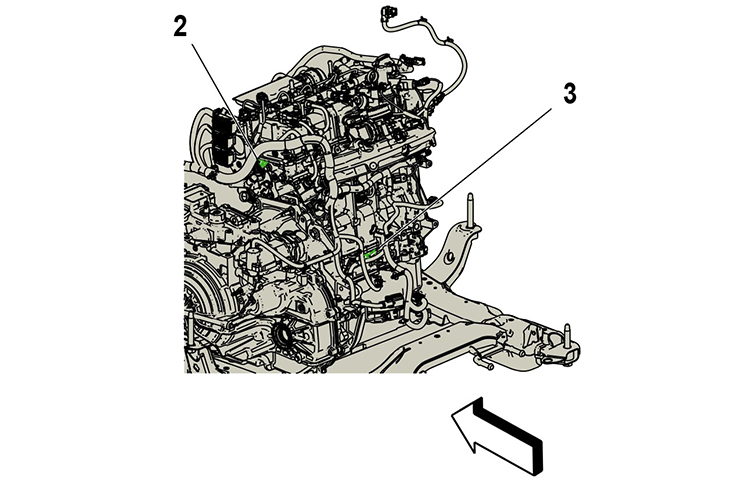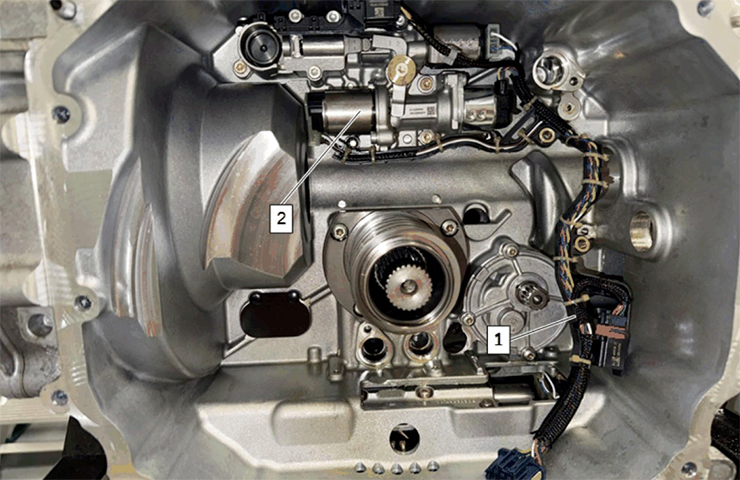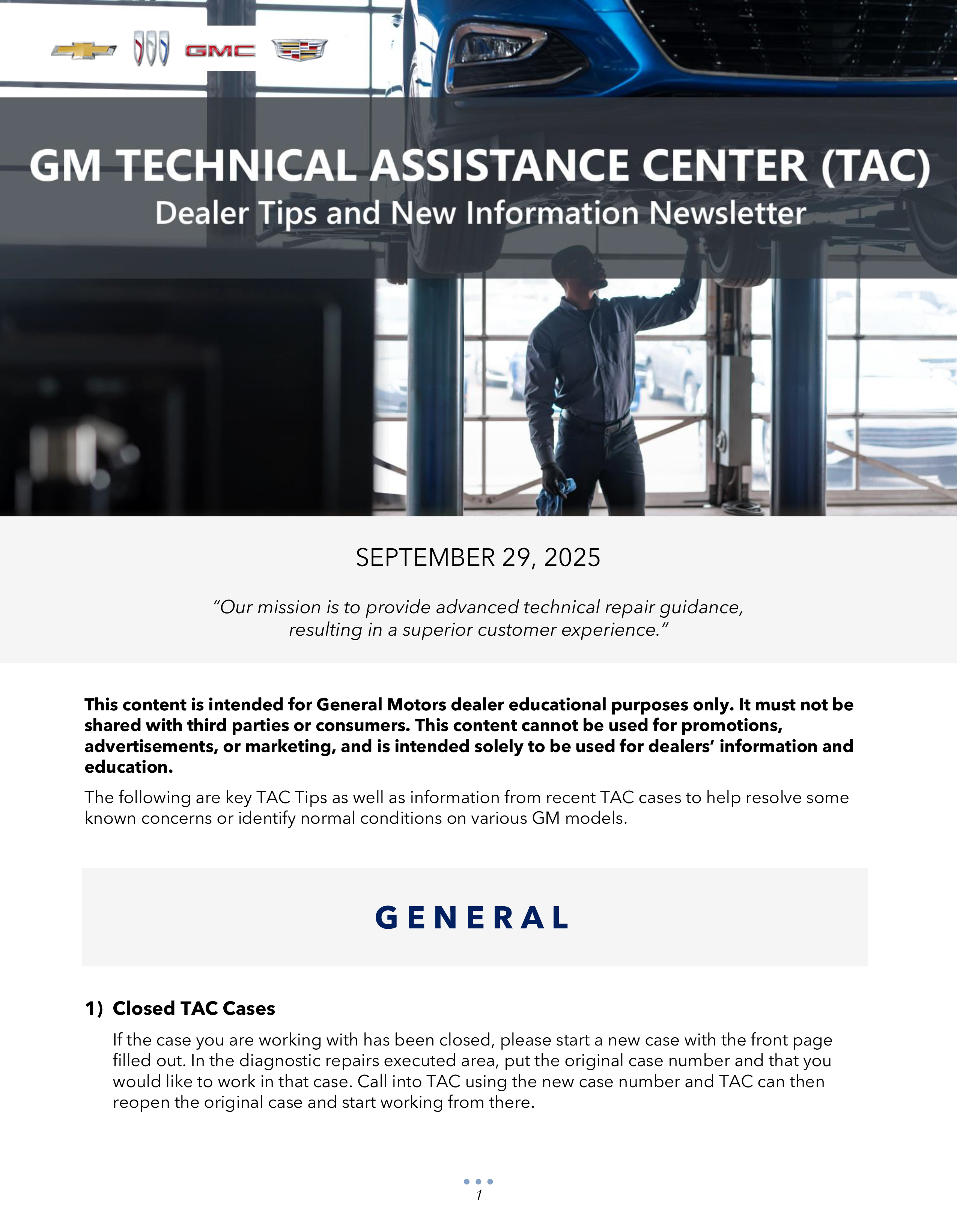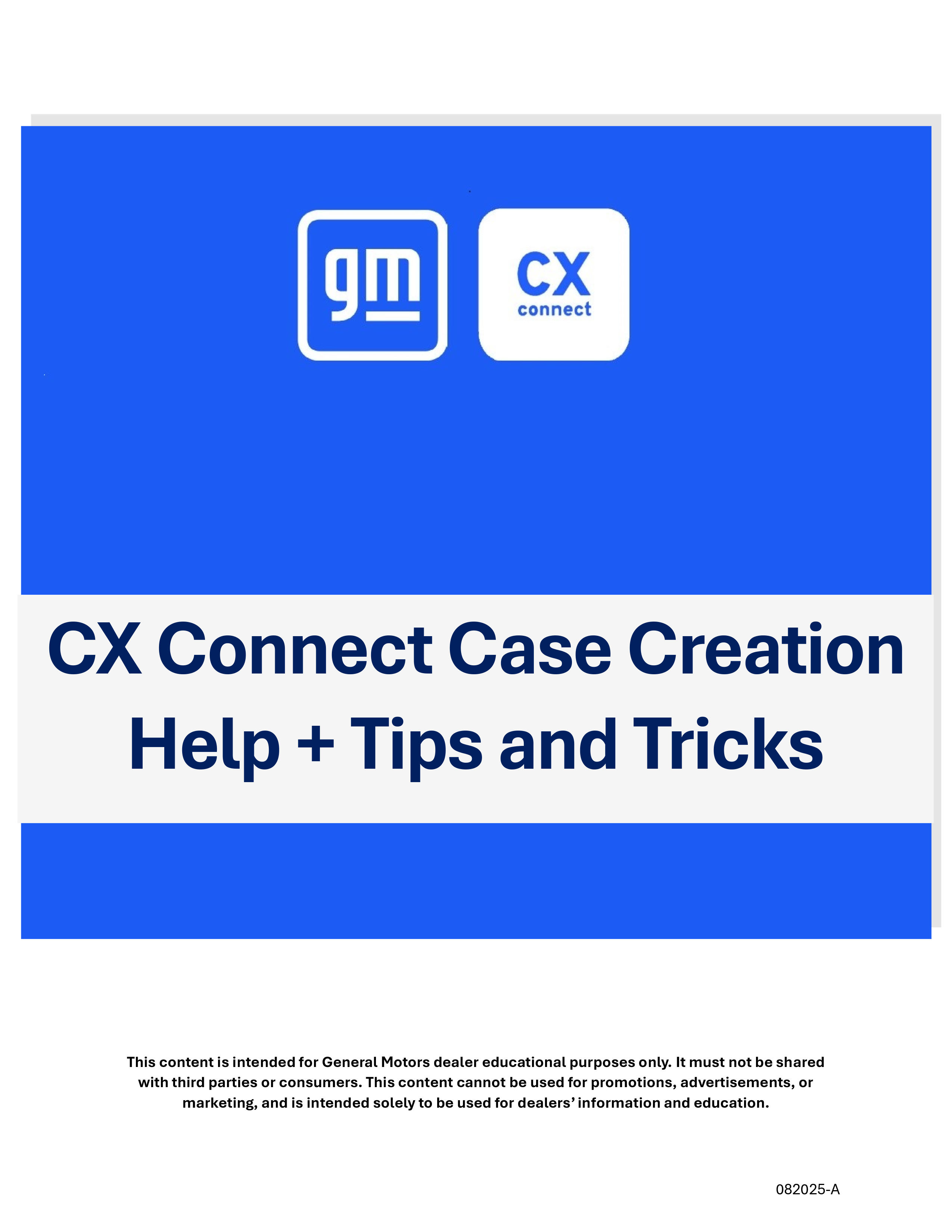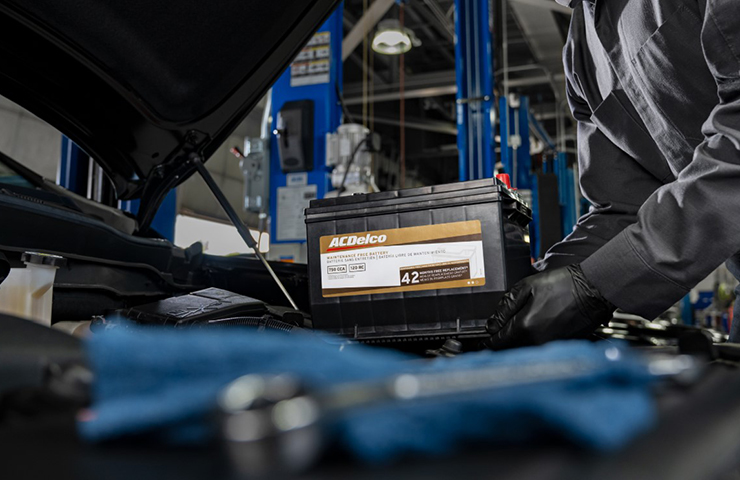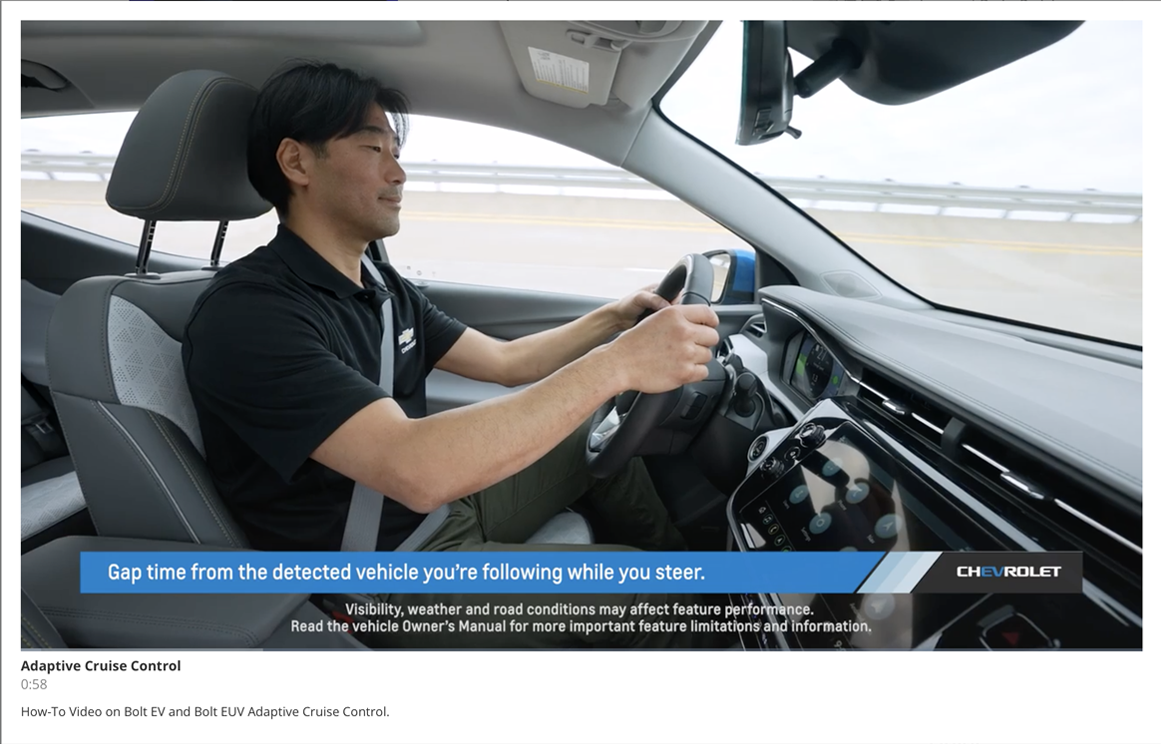The Labor Time Group is responsible for warranty repair time studies, accessories and Pre-Delivery Inspections (PDI). Labor time studies are completed for new vehicles as well as new service procedures to support the latest vehicle systems, service bulletins and other requirements.
Here are some of the most common questions asked about labor times and how those times are determined.
How are warranty labor times studies performed?
All warranty labor times are determined by following the steps of the associated service procedure. The technician will:
- read the step in the procedure and start the stopwatch
- select from the toolbox the appropriate tool to perform that step
- perform the step
- return to the toolbox
- stop the watch
The individual time for each step is captured for the entire service procedure.
All part-removal step times and all part-reinstallation times are recorded until the entire procedure is complete. This is often done when the service procedure is being validated for accuracy/effectiveness. If errors are discovered, corrections to the procedures are submitted for revision and the labor times adjusted accordingly.
Each time study is only done once; not the best of 3 or an average of multiple studies. There are also not “practice runs” to be able to perform steps faster.
Some RPO consolidation can happen for simplification of the guide, and, in that instance, the higher time is published.
How long does it take to study an entire vehicle or just a powertrain?
An entire vehicle, bumper-to-bumper could take up to 26 weeks while a single study of a powertrain can take up to 8 weeks.
Is there a markup? If so, what is it? What is included in the markup percentage?
There is a 21% markup on Warranty Labor Times for unproductive time, which takes into consideration the “real world” environment. The fact that each step is performed individually also keeps the technician at a reasonable pace and working as it was the first time doing the repair. The markup includes things like reading technical literature, obtaining and returning special tools, age of vehicle, limited diagnostics and repair variation.
The markup time is included regardless of the need for items like special tools and is not meant to be an exact time for each repair but a fair allowance for the dealership as a whole.
Who does this work and where?
In the U.S., labor time studies are performed by technicians with experience in the independent aftermarket or a dealership at a facility that is set up very similar to a GM dealership. (Fig. 1) It is not a special lab environment with access to tools or equipment not available to a GM dealership.
 Fig. 1
Fig. 1
How often is a Labor Time Guide updated?
Unlike the Service Manual, which updates every night, the Labor Time Guide is only updated monthly. Updating the guide more often could create confusion in Warranty Claim processing. Revisions are visible on the first of the month.
Updates may take three to seven weeks before they appear in SI depending on when the change request was submitted to the Global Labor Time and processed.
What tools are used?
Time studies are performed using a standard set of tools plus required GM Special Tools. A standard set of tools include tools a professional technician is expected to have or have available in a GM dealership; and that can be purchased readily on the open market. This includes tools needed to perform repairs without damage and to properly torque fasteners.
Are power tools used to perform time studies?
Commonly used hand impact drivers are used in time studies. The use of power tools is limited to the removal of fasteners and “running up” of bolts 1/4-inch and M6 or larger. (Fig. 2)
All final tightening and torquing of fasteners are done by hand. All fasteners with torque specs are torqued and space needed for a torque wrench is considered.
 Fig. 2
Fig. 2
How does the diagnosis add-time work? Is this available for all labor codes?
Diagnosis is available on many electrical service procedures as these are often the most difficult and less obvious vehicle problems to resolve. Traditionally, any electrical condition that resulted in a Diagnostic Trouble Code or Malfunction Indicator Light was provided 0 to .3 add time to perform diagnostics. Recently, many of these same conditions had this add time increased to up to an hour. These are typically applied to control modules, sensors, actuators, switches and wiring.
Mechanical labor codes do not normally have diagnostic time available. The work performed to diagnose a mechanical issue usually requires the disassembly of the vehicle to determine the root-cause and is covered in the labor time for the affected system/component.
Does the Labor Time Activity group get feedback about labor times?
Feedback is sent from GSI to a feedback email box. A Problem Tracking Record (PTR) is generated. Special labor time coordinators review the PTRs and respond back to the PTR submitter via email.
Corrections are sometimes made to Labor Time Guides (LTG) based on the outcome of the review. All PTRs are reviewed with their outcome reported back to the submitter.
The Request for Review process is available to dealership service management personnel to request a review of Labor Time Guide (LTG) publications by using the Request for Review form, accessed by selecting the Feedback icon (yellow mail slot icon at the top of the screen). The primary intent of the process is to communicate a question regarding a published time allowance. It is important that the vehicle identification information and option content that could affect or influence the repair in question be provided. It is also important to submit a complete detailed description of the work performed, including the correlating service procedure Document ID number. The statement, “Followed service manual procedure”, is not sufficient to fully research the issue. All inquiries received through this process will be investigated.
Why would a labor time change?
There are generally three scenarios where labor times would change. (both up and down):
- Service Procedure Change – After the initial time study, we may find a better way to service. For example, originally access to the part may have been through the hood or front of the vehicle but is now serviced through the wheelhouse. This improves the procedure and changes the time required.
- Service Strategy Change – After the initial time study, it may be determined that we need to change how we are servicing a component. For example, bleed procedures or access to ensure proper repair.
- Vehicle Build Change – After the initial time study, vehicle design may be changed. For example, brackets changed/removed/added, shields added or removed or assemble vs component repair.
Why do third-party labor time manuals (e.g., AllData, Motor) have different labor times than GM Labor Time Guides?
GM LTGs are developed for fair compensation to the GM Dealership or authorized repair facilities with access to required GM special Tools, Training and other franchise benefits.
Third party labor time manuals are for the purpose of estimating and are not intended as a substitute for GM warranty labor times. They are designed for the typical independent repair shop mechanic who has not been specially trained by an OEM and does not necessarily have all the factory-approved tools and diagnostic equipment.
Third-party labor-time manual providers do not perform the detailed on-car labor time studies as GM does.
Why do labor times for all the parts required to do a repair add up to more than the labor time for the repair?
A labor time represents the time for a complete repair. Adding up multiple, individual labor times, often referred to as “stacking,” does not accurately represent the time to perform the repair. This could result in the inclusion of redundant labor time allowances, add-times and markups.
For more Frequently Asked Questions (FAQ) about labor times, refer to the Labor Time Guide for a specific vehicle in Service Information and select Preface > Labor Time Frequently Asked Questions.
– Thanks to Dan Carter


